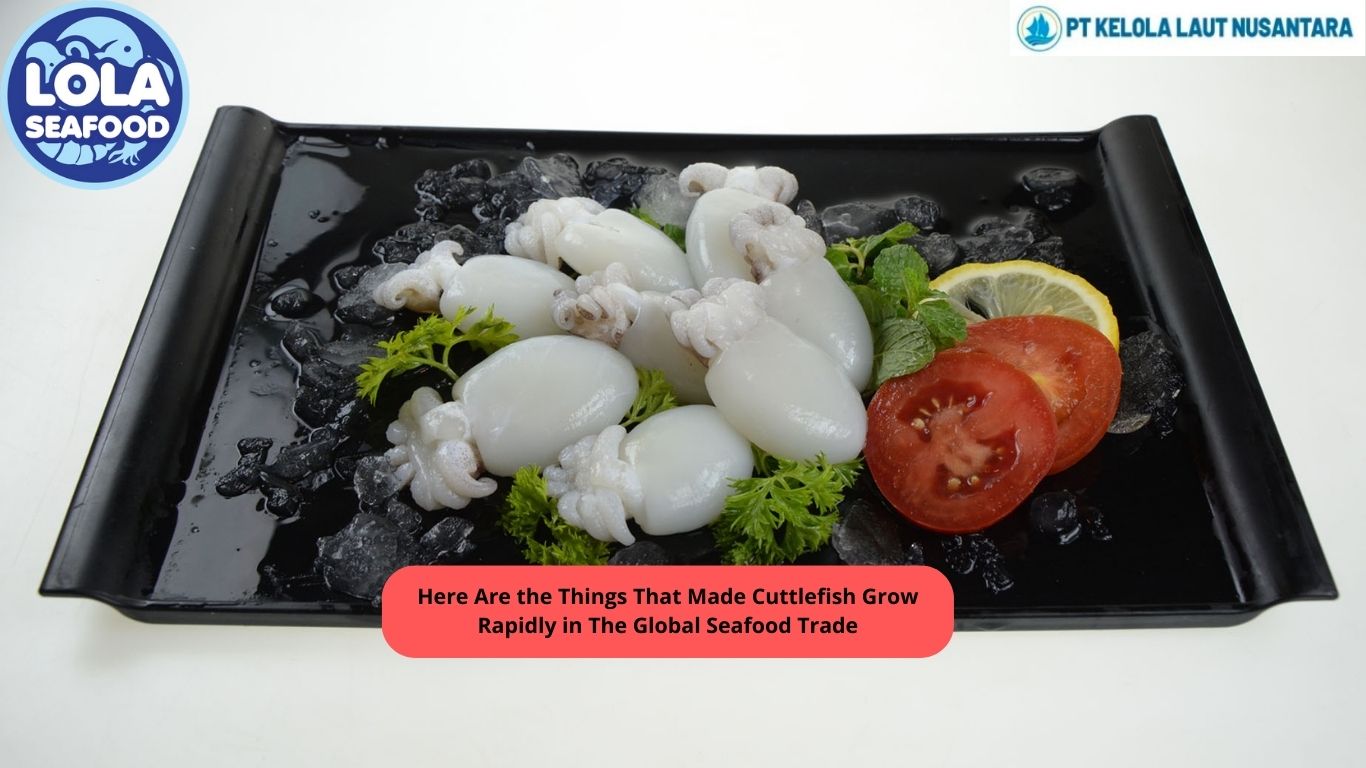These 6 Fish Are Excellent Source of Omega 3
By. Nevanda - 28 Apr 2023
kelolalaut.com - Marine fish are one of the best dietary sources of omega-3 fatty acids, which are essential nutrients that provide numerous health benefits. The omega-3 fatty acid profile of marine fish can vary depending on the species, the age of the fish, the location where it was caught, and its diet. Here are some examples of the omega-3 profiles of various marine fish:
1. Salmon
Salmon is one of the richest sources of omega-3 fatty acids, particularly EPA (eicosapentaenoic acid) and DHA (docosahexaenoic acid). A 100-gram serving of cooked salmon provides about 1.8 grams of EPA and DHA combined.
2. Sardines
Sardines are a small, oily fish that are also high in omega-3 fatty acids, particularly EPA and DHA. A 100-gram serving of cooked sardines provides about 1.5 grams of EPA and DHA combined.
Read also: 5 Ways Climate Change Affects the Fishing Industry
3. Mackerel
Mackerel is a fatty fish that is high in omega-3 fatty acids, particularly DHA. A 100-gram serving of cooked mackerel provides about 1.6 grams of EPA and DHA combined.
4. Herring
Herring is another oily fish that is high in omega-3 fatty acids, particularly EPA. A 100-gram serving of cooked herring provides about 1.4 grams of EPA and DHA combined.
5. Tuna
Tuna is a popular fish that is also high in omega-3 fatty acids, particularly EPA. A 100-gram serving of cooked tuna provides about 0.4 grams of EPA and DHA combined.
6. Anchovies
Anchovies are small, oily fish that are often used as a pizza topping or in Caesar salads. They are also high in omega-3 fatty acids, particularly EPA. A 100-gram serving of cooked anchovies provides about 1.5 grams of EPA and DHA combined.
Read also: Here Are Barramundi Soup Recipe for Your Meal Idea
Overall, marine fish are an excellent source of omega-3 fatty acids, particularly EPA and DHA. Incorporating these fish into your diet can help you meet your daily omega-3 requirements and provide a range of important health benefits.
The recommended intake of omega-3 fatty acids for human consumption varies depending on age, sex, and certain health conditions.
The American Heart Association recommends consuming at least two servings of fatty fish per week, which provides about 500 milligrams (mg) of combined EPA and DHA per day. Some organizations recommend higher intakes of EPA and DHA, up to 1-2 grams per day, for people with certain health conditions.
Read also: 6 High-Protein Fish to Add into Your Diet
.jpg)
 (1).png)


.jpg)
.jpg)
.jpg)

 (3).png)